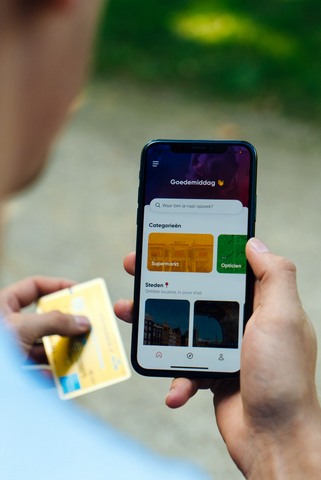Developing a Custom Automotive App
What Do You Need To Consider?
This article may contain affiliate links.
Custom application development may benefit your business in a variety of ways. It can provide a seamless and personalized experience to car owners—from booking a service appointment to purchasing insurance, updating their vehicles with extra power to buying digital services. Custom mobile apps can help small transportation firms compete with larger ones by providing cost-effective solutions for route planning, tracking and customer service. Furthermore, bespoke application development might aid in the improvement of communication and cooperation inside your organization.
With this in mind, it is no wonder that every second company today is ready to invest a bomb in custom app development. But what does it take to create an app tailored to specific company needs and requirements? What things should you consider in order to make an application that serves its purpose to the fullest? Let us answer all these questions.
Custom Mobile App Development Types
According to Statista, mobile applications will generate more than $935 billion in revenue by end of 2023. So creating a bespoke application is a good way to improve customer reach, acquire online market presence and bring company operations to a whole new level. Here are the main types of mobile applications that you can build:

- Native apps—Native apps are built specifically for operating systems of mobile devices, such as Android or iOS. They are developed using programming languages such as D3 React, Java, Kotlin, Swift, Objective-C, and C++. Native apps offer better performance and user experience, but require more development resources and are platform-specific.
- Web apps—Web applications are designed using web technologies such as HTML5, CSS, and JavaScript. They are accessed through a web browser and do not require installation. These web apps are platform-independent and can be accessed from any device with an internet connection, but may have limited functionality compared to native apps.
- Hybrid apps—These are a combination of native and web apps. They are developed using web technologies and then wrapped in a native container so that they are installed and run on a mobile device. Hybrid apps offer a balance between performance and development cost, but may have limited functionality compared to native apps.
- Progressive web apps (PWA)—PWAs are web apps that use modern web technologies to provide an app-like experience. They can be accessed through a web browser and installed on a mobile device’s home screen. PWAs offer offline functionality, push notifications and other features mainly associated with native apps, but may have limited functionality compared to native apps.
By understanding the differences between the types of mobile apps, you can choose the most appropriate one for your needs and provide value to your users.
Pitfalls of Custom Application Development
There is no one-size-fits-all solution to custom app development as it all depends on your company needs and goals. However, there are a couple of key points to keep in mind:

- Identify your core pain points—Before starting development, it is important to identify the specific pain points that the application is meant to address.
- Set clear goals—It is important to establish clear goals for the app, including its purpose, target audience and functionality.
- Choose the right platform—Selecting the right platform for the app is crucial. Consider your target audience, budget and development resources.
- Allocate resources effectively—Developing a custom app requires investment in terms of time, money and effort. Therefore, it is important to allocate resources effectively and plan for app development, maintenance, updating and marketing.
- Consider user experience—The user experience is a critical factor in the success of a custom app. It is important to design the solution with the user in mind and ensure that the application is intuitive, easy to use, and meets the needs of its target audience.
- Test and iterate—Testing and iterating the app is an important part of the development process. Run user tests, gather feedback and make improvements based on user input to build a quality solution.
- Ensure security and compliance—Security and compliance are important considerations when developing a custom app. It is important to ensure that the app meets relevant security and privacy standards and complies with applicable laws and regulations.
App development is a time-consuming process that can bring your company to a whole new level if approached smartly.
Approach App Development Smartly
Instead of rushing to build an app right away, take your time to analyze the scope of work, application type and specs. Thus, you can make sure to build a solution that serves its purpose.

1 thought on “Developing a Custom Automotive App”